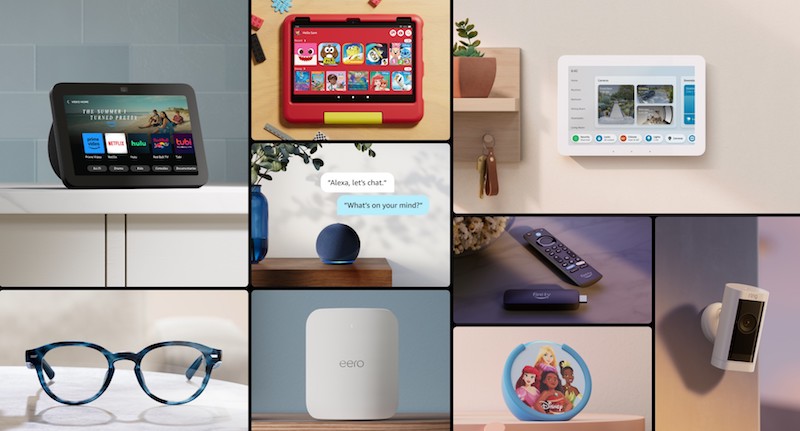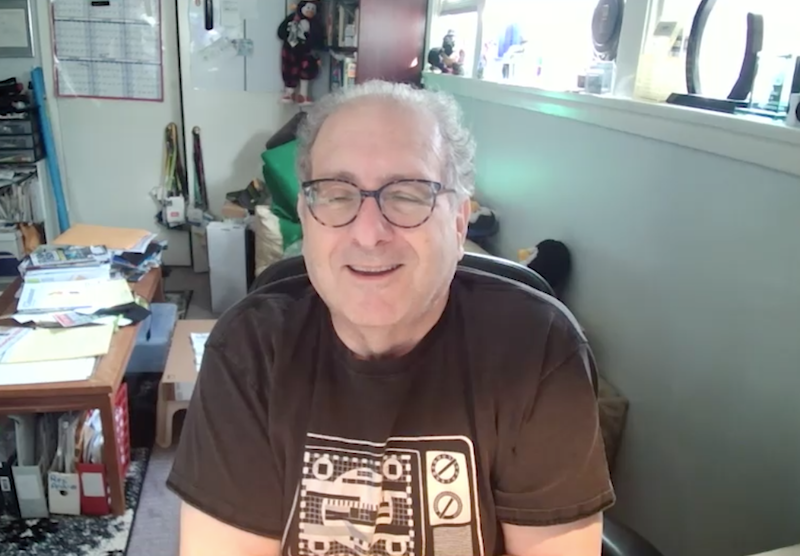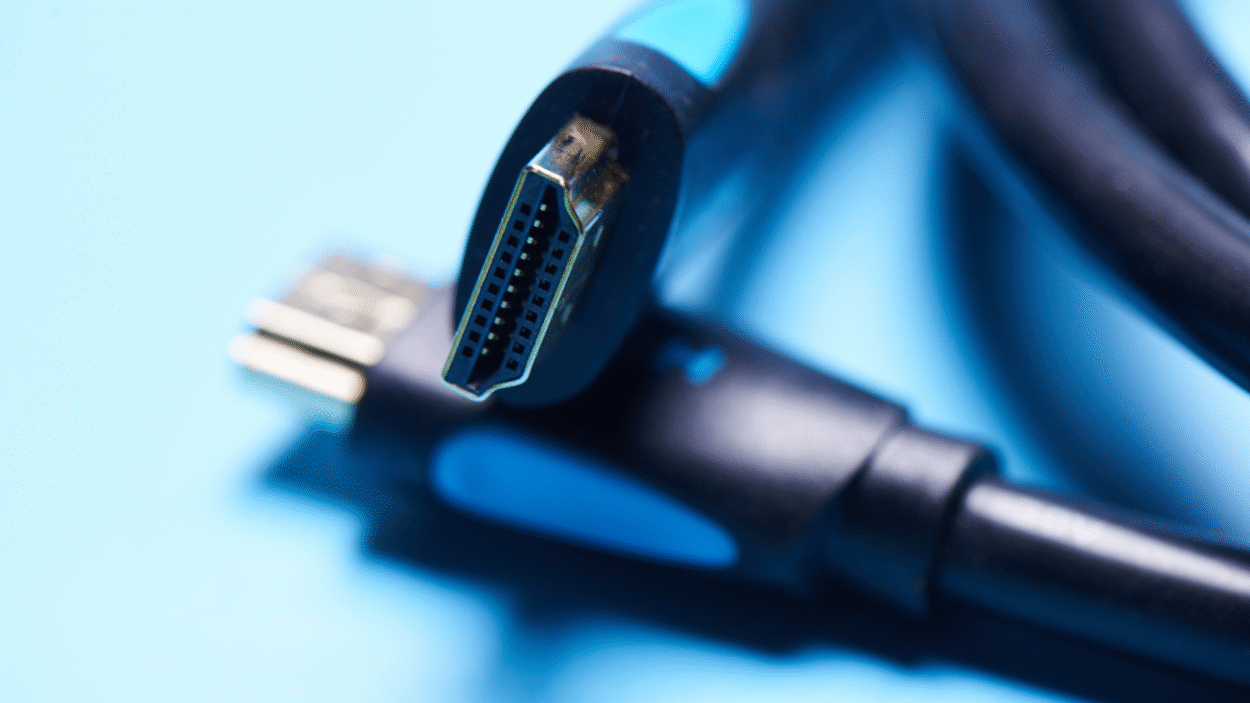Back when I was a young boy growing up in the Pleistocene Epoch, September was a month with both good and bad things. On one hand fall marked the end of vacation and the return to school, which to some is a bad thing. On the good side, particularly as a pre-teen, September signaled the introduction of new car models and the premiere of new network broadcast TV shows. That was a long time ago, as new car models pop up throughout the year even with model year designations that are often into the following year. TV shows have gone from as many as 30 episodes per year or more per season to streaming series with as few as eight episodes. That, combined with the end of repeats in the back half of a season, means that there are new shows being introduced almost every month.
More recently, however, a new season has arrived during September and the Fall: New phone and streaming product introductions. We’ve already seen the new phones and watch models from Apple, and Google has an event scheduled for October 4, where we expect to see the new Pixel phones and other products from the Google/Alphabet universe. Stuck in the middle was the tranche of new product announcements this week from Amazon. Some were anticipated and expected, other were brought out from behind the product development curtain and revealed for the first time.
There were products announced across a wide spectrum of product areas — indeed, so many that for space considerations we will split this report into two parts. This first half will cover the new Echo devices and the software behind them while a follow-up article will cover Fire TV and eero products.
More than anything, the best-known expression of how hardware and software fit together in products is the line of Echo devices. Here, the intersection of the devices and the software behind them was right up front. First, it is important to report talk about the power behind the products, which uses AI and the integration of an Amazon-built large language model (LLM) for more natural communication to and from an Amazon device that is more natural, intuitive, and conversational to increase situational awareness.
A good example of this was shared by Amazon’s Mark Yoshitake. The LLM, in combination with the newly announced Dynamic Controller, will make it possible to say, “Alexa, the floor is dirty,” rather than “Start the vacuum.” The system’s intelligence, according to Yoshitake, will interpret that to mean that a connected vacuum or other floor cleaning device should start up and perform its appointed task.
This power is intended for use not only with Amazon devices, but also with other brands and products ranging from BMW to GE appliances to iRobot.
With that as the background, here are the new Echo products just announced.
The new Echo Show 8 is upgraded with 13 megapixel (MP) camera, edge-to-edge glass and an improved processor that delivers what is said to be 40% faster to common requests. Audio improvements include spatial audio, improved bass and sheep clarity and an enhanced audio pipeline that minimizes background noise. One the smart home side a built-in hub includes support for Zigbee, Thread, Matter, and Bluetooth.
To take advantage of the new hardware package, Adaptive Content introduces the ability to have the display adjust the content based on the viewer’s distance to the device. For example, if you are using the Show to view a recipe, the display will adjust if you are across the room or close in. It will also add more personalized news and playlists along with shortcut icons to frequently used widgets.
In this case, the new software may end up being as important as the device. The new Gen.3 Echo Show 8 is available for preorder now and will ship at the end of October with a retail price of $149.99. Adaptive Content will also be available next month for the new Echo Show 8 and Gen. 2 models with a rollout to other Echo show devices early next year.
Priced $10 higher at $159.99 will be the Echo Show 8 Photos Edition. This version makes user-selected personal photos that rotate every 30 seconds the primary content on the home screen. Included with the PhotosPlus subscription, with the first six months free and $1.99 per month after that, is an additional 25GB of storage on Amazon Photos that may also be used to back up videos.
A totally new product will be the Echo Hub, billed as a “Wall-Mountable Smart Home Control Panel.” If you picture the screen from the Show 8 but in a slim housing designed for wall mounting that is only 0.6” deep as opposed to the 4.6” depth of the Show 8 and then visualize it showing a more graphically oriented version of the Alexa app, then you get the concept. The Echo Hub is meant to be an easy-to-use control touch panel for control of more than 140,000 connected smart home devices using WiFi or Bluetooth LE Mesh. It’s also compatibility with Zigbee, Thread, Matter and, of course, Alexa skills. Power is handled via the included adaptor, any USB-C PD adaptor capable of 5V/2.4A (12 watts) or via PoE using an external adaptor.
The main task for Echo Hub will be to control devices and display images from compatible cameras, but it will also connect and play to home audio devices for your favorite podcasts, playlists, and audio books. Will this concept make a dent in the market for more traditional home control tablet-style keypads? It will be interesting to see if the Echo Hub will be able to stake out a place in the market for unified control in the ever-increasing proliferation of mostly DIY connected home products. Echo Hub will be available later this year for $179.99.
Two additional introductions were updated versions of existing products. Echo Pop Kids takes the form factor of the Echo Pop models and wraps them in Disney-themed versions with “Disney Princess” and “Marvel” versions. Available in late October, at $49.99, with the Amazon Kids+ subscription service with the first six months free and then $4.99 per month after that. Echo Pop Kids will feature content designed for ages three to 12 and enable parental control over software, friends lists, and more. There is even a special “Hey Disney” wake word to make things more child friendly and age appropriate.
Finally, a third-generation version of Echo Frames will be available later this year. It would be easy to imagine that this product would have a display using projection to its lenses like AR devices, and it certainly doesn’t have built-in cameras as did the somewhat now discontinued Google Glass or Snap’s earlier version Spectacles. Instead, Echo Frames use Bluetooth 5.2 to connect to your Android or Apple smartphone, enabling open-ear audio via two beamforming mics in each temple piece. Available with blue light filtering lenses, sunglass lenses or as a “prescription ready” there are a variety of styles starting at $329.99.
With this combination of continual advancements in the software that drives their devices and the features and power of the devices themselves, these new product introductions prove that despite a change in the leadership of the Echo programs and staff layoffs, Amazon appears to be clearly committed to the smart device category. They are also looking to broaden the reach of their Fire TV and eero products, and we’ll give you the latest on the new products here in a follow-up article.









